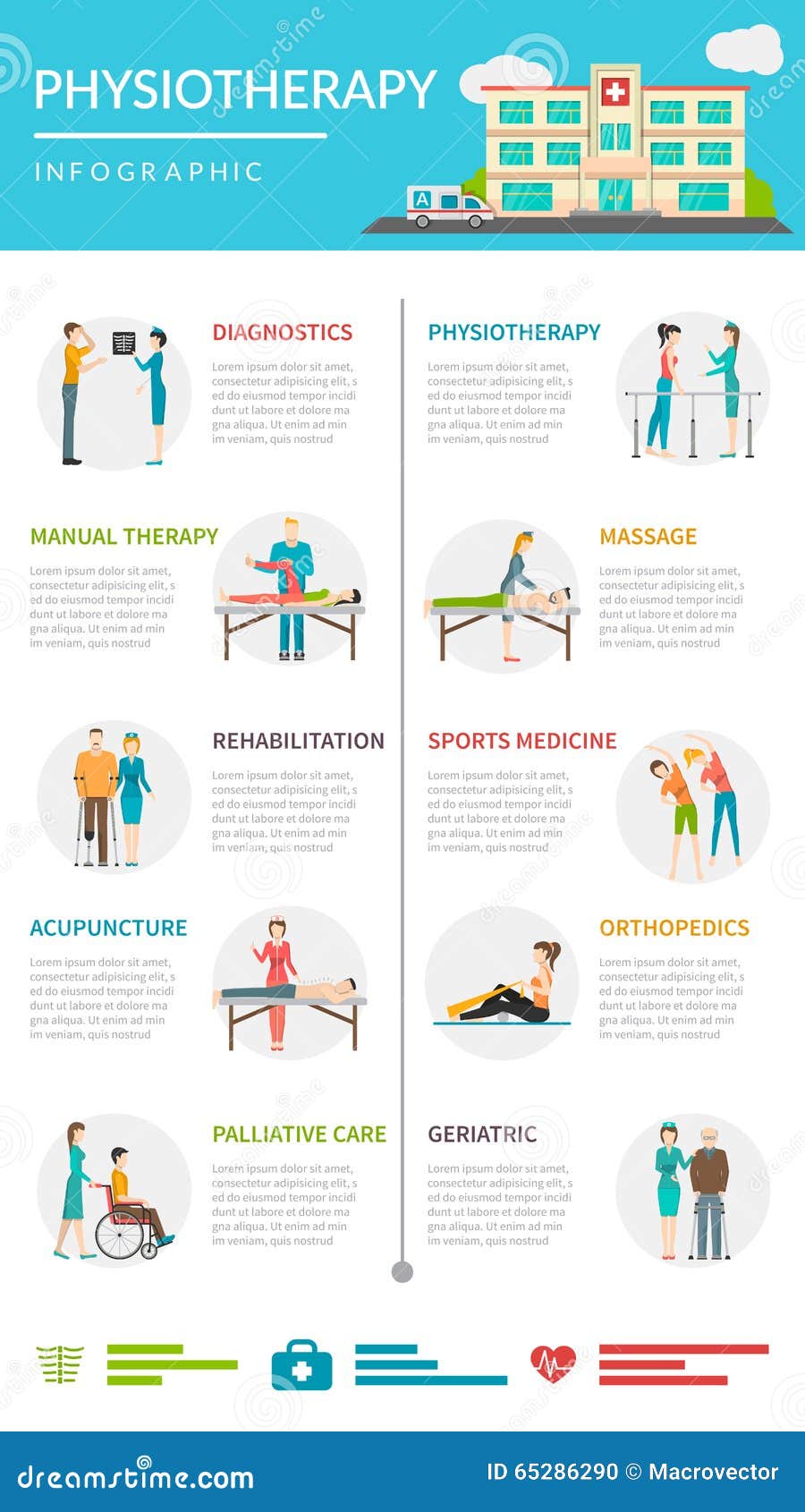Typical Everyday Habits That Create Neck And Back Pain And Tips For Avoiding Them
Typical Everyday Habits That Create Neck And Back Pain And Tips For Avoiding Them
Blog Article
Produced By-Vega Harper
Preserving proper stance and staying clear of typical mistakes in daily tasks can considerably affect your back wellness. From just how you rest at your workdesk to exactly how you raise heavy objects, tiny modifications can make a big difference. Envision a day without the nagging back pain that impedes your every move; the option could be less complex than you assume. By making a few tweaks to your everyday practices, you could be on your way to a pain-free existence.
Poor Pose and Sedentary Lifestyle
Poor stance and an inactive way of living are two significant factors to neck and back pain. When you slouch or hunch over while sitting or standing, you placed unneeded pressure on your back muscular tissues and spinal column. This can result in muscle imbalances, tension, and at some point, persistent neck and back pain. Additionally, sitting for extended lower back hurts without breaks or physical activity can damage your back muscle mass and bring about tightness and pain.
To combat bad posture, make a conscious initiative to sit and stand up right with your shoulders back and lined up with your ears. Keep in mind to keep your feet flat on the ground and prevent crossing your legs for extensive periods.
Including routine extending and strengthening workouts right into your everyday routine can additionally assist improve your posture and minimize pain in the back associated with a less active way of life.
Incorrect Lifting Techniques
Incorrect lifting methods can substantially contribute to back pain and injuries. When you lift heavy objects, bear in mind to flex your knees and use your legs to lift, instead of counting on your back muscle mass. Stay clear of twisting your body while training and maintain the object close to your body to minimize pressure on your back. It's essential to preserve a straight back and stay clear of rounding your shoulders while lifting to avoid unnecessary pressure on your spinal column.
Constantly assess the weight of the object before lifting it. If it's too hefty, request for aid or usage devices like a dolly or cart to transfer it safely.
Remember to take breaks throughout lifting tasks to provide your back muscle mass a chance to relax and protect against overexertion. By carrying out correct training strategies, you can prevent neck and back pain and reduce the threat of injuries, guaranteeing your back remains healthy and strong for the long term.
Absence of Regular Exercise and Extending
A sedentary lifestyle lacking routine exercise and stretching can substantially add to pain in the back and discomfort. When you do not engage in exercise, your muscles come to be weak and stringent, bring about inadequate stance and boosted stress on your back. Regular exercise aids strengthen the muscular tissues that sustain your spine, improving stability and reducing the risk of pain in the back. Including stretching right into your routine can also boost flexibility, protecting against stiffness and discomfort in your back muscles.
To prevent neck and back pain caused by a lack of workout and extending, go for at least half an hour of modest physical activity most days of the week. Include visit the next web page that target your core muscular tissues, as a strong core can assist alleviate stress on your back.
Furthermore, take breaks to stretch and move throughout the day, particularly if you have a workdesk job. Easy stretches like touching your toes or doing shoulder rolls can help ease tension and stop neck and back pain. Focusing on regular exercise and extending can go a long way in keeping a healthy and balanced back and decreasing pain.
Verdict
So, bear in mind to sit up right, lift with your legs, and remain active to avoid pain in the back. By making simple modifications to your everyday practices, you can prevent the discomfort and limitations that come with pain in the back. Deal with your spinal column and muscular tissues by exercising good posture, appropriate training techniques, and regular exercise. Your back will certainly thanks for it!
